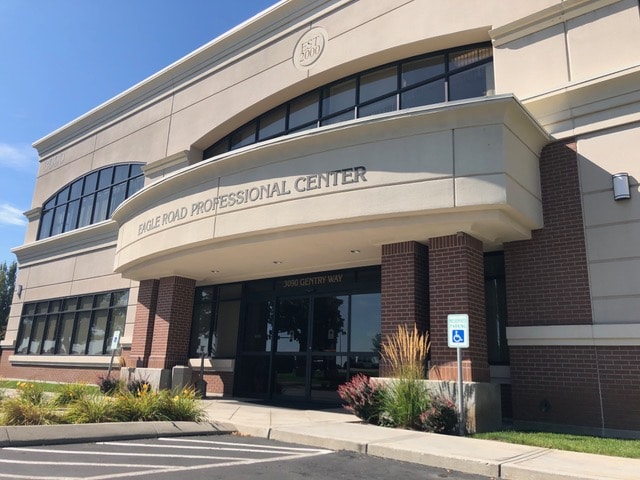Liposuction
If you have specific areas or pockets of fat on your body that don’t seem to go away no matter how much weight you loose or exercise you do, liposuction may be an option to treat this. Liposuction is a minimally invasive cosmetic procedure that can be performed to remove localized areas of body fat. Treated areas often look slimmer and more contoured, and in better overall proportion to the rest of the body. Areas that are commonly treated include abdomen, thighs, flanks, hips, back, buttocks, arms, chest and chin. Other areas that can be treated, though less commonly, include calves and ankles.
Individuals who are ideal candidates for liposuction should have the following characteristics:
-good overall health
-at or near your ideal body weight for your height and maintain consistent weight
-one or more areas of fat that do not respond to diet or exercise
-good skin elasticity and muscle tone
-have reasonable expectation for what the procedure can accomplish
Liposuction can be performed alone, or in conjunction with other cosmetic procedures, such as abdominoplasty, brachioplasty and thighplasty. During your consultation, Dr. Jarrell will discuss your goals for the procedure with you, examine you, and help you decide if liposuction is right for you.
The Liposuction Procedure
One of the most common liposuction techniques is suction assisted lipectomy (traditional liposuction) using tumescent technique. The procedure is usually performed under general anesthesia. The length of the surgery depends upon the areas being treated. During this procedure, small incisions usually around 1cm are made in inconspicuous areas along the areas to be treated. These small access incisions allow Dr. Jarrell to place tumescent solution or wetting solution which consists of a saline solution, lidocaine (a local anesthetic) and epinephrine (a medication to constrict blood vessels to minimize bleeding). This solution is placed into the areas to be treated in order to loosen the fat before its removal. The advantages to this technique are that the anesthetic in the solution, can help to decrease your post operative pain, and blood loss is minimized because the epinephrine constricts blood vessels. Next, through the exact same incisions, a cannula which is a thin, hollow tube that is connected to a vacuum or suction machine is passed back and forth through the tissues. This effectively loosens the excess, unwanted fat which is suctioned out through the vacuum device.
Recovery From Liposuction
The procedure is performed on an outpatient basis. The treated areas are usually wrapped or compressed with dressings to help reduce swelling, bruising and pain.
After liposuction, patients experience mild swelling, bruising and discomfort in the treated area. After this subsides, there may be a period of numbness to the area, but this should improve over time. Compression garments or elastic bandages are typically worn for a period of about 3-4 weeks to help reduce these symptoms as the area heals and your body adjusts to its new shape. Recovery is usually easy and straightforward. Patients can return to work and other regular activities as soon as they feel comfortable, which is usually after a few days, but may be up to a week if several areas have been treated. Exercise and other strenuous activities should be avoided for a few weeks.
Risks Of Liposuction
In addition to the usual risks associated with surgery, risks associated with liposuction include the following:
Loose or rippled skin
Worsening of cellulite
Asymmetry
Changes in sensation
Contour irregularities
Pigmentation irregularities
Liposuction is not a method for losing weight, and is not effective in eliminating cellulite, or tightening loose and sagging skin. When large amounts of fat are removed, surgery to remove excess skin may be necessary.
Results Of Liposuction
Results of liposuction may be noticeable shortly after the procedure, However, final results of the liposuction procedure may not be apparent until swelling and bruising have resolved. Swelling and bruising should start to decrease after about 7-10 days. Most of the swelling should completely subside within a few months. Because incisions are small in in well concealed areas scarring is minimal to almost nonexistent. The results of liposuction are long-lasting, as long as patients maintain a healthy active lifestyle and do not gain a substantial amount of weight.


